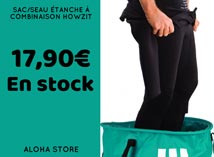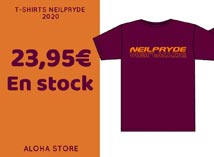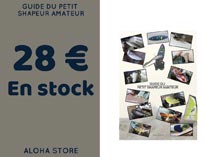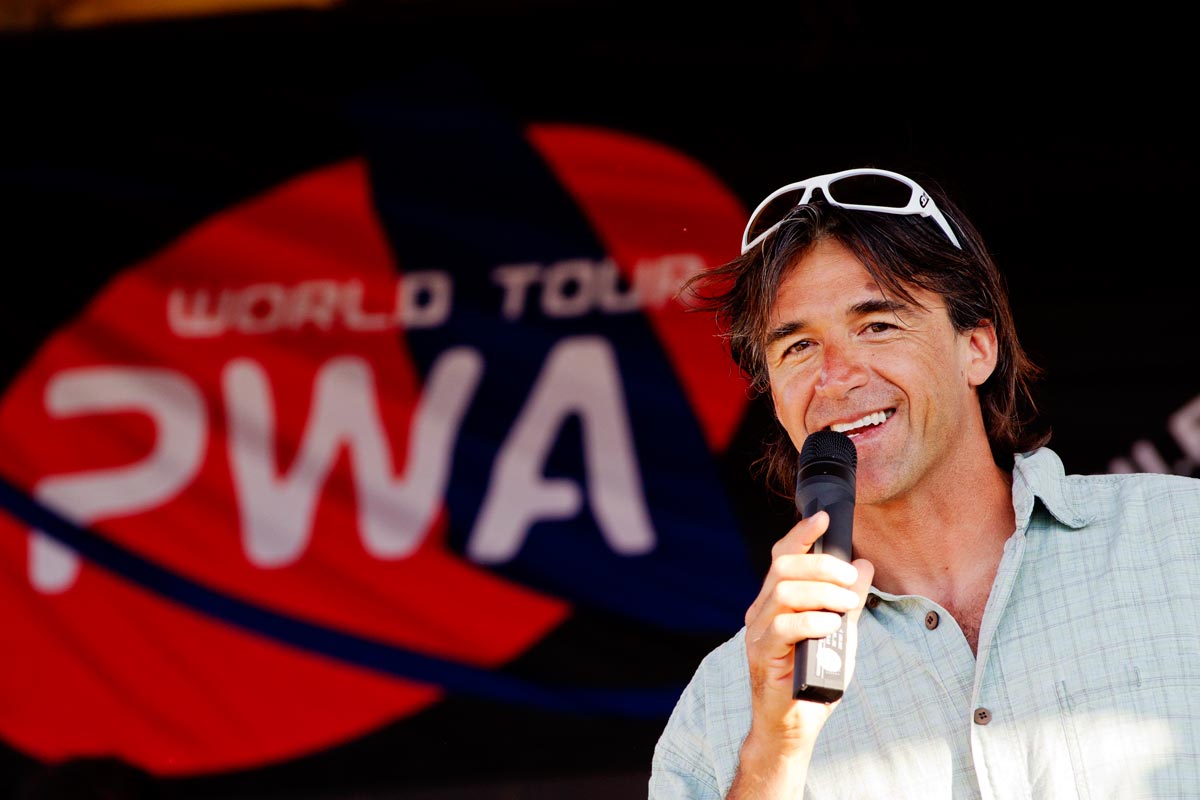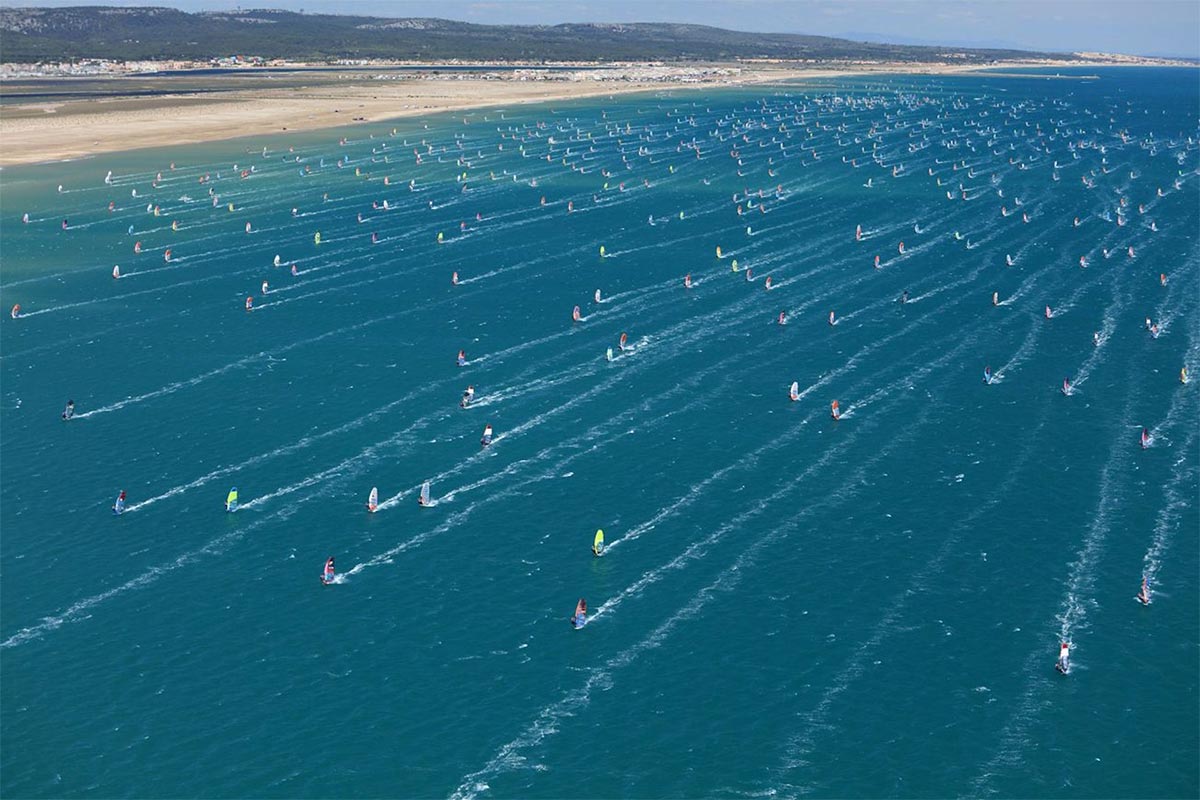3 questions to Jimmy Diaz
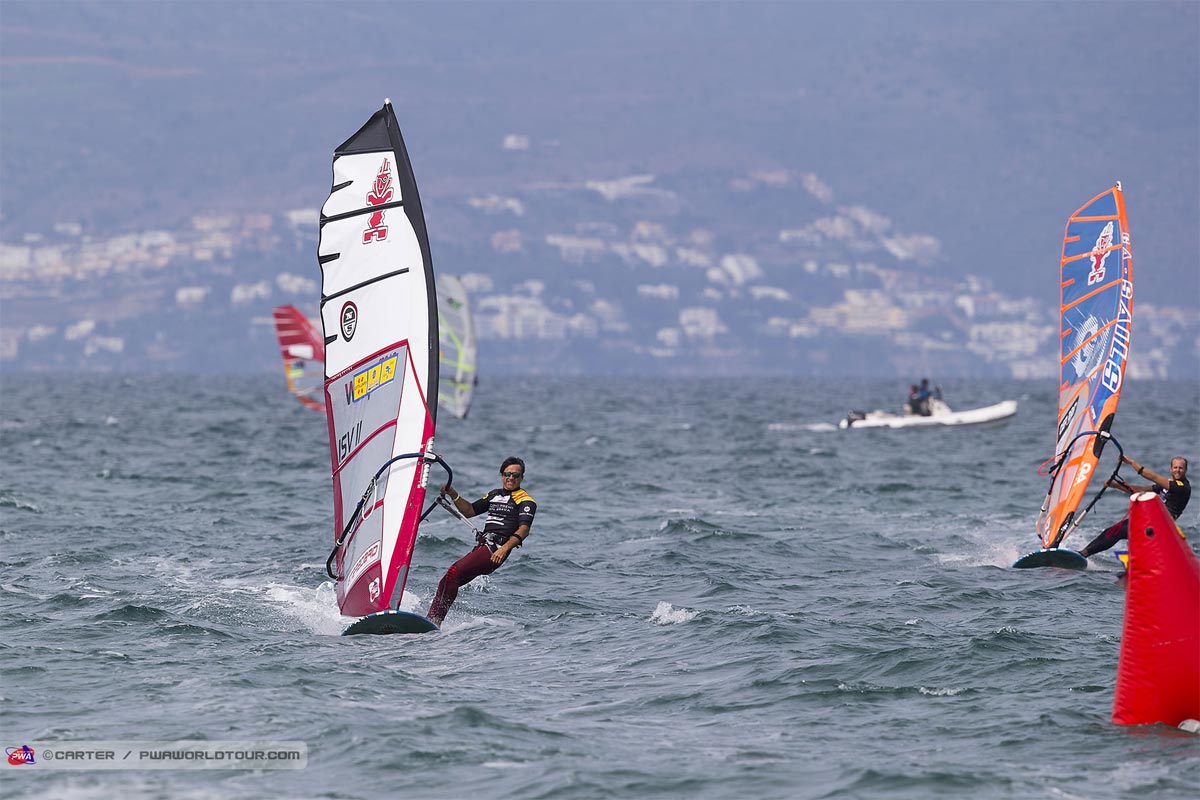
After 20 years of loyal service, Jimmy Diaz recently resigned as President of the PWA ahead of the recent elections. For Windsurfjournal.com, he looks back on his presidency and the changes in professional sport over the last 2 decades...
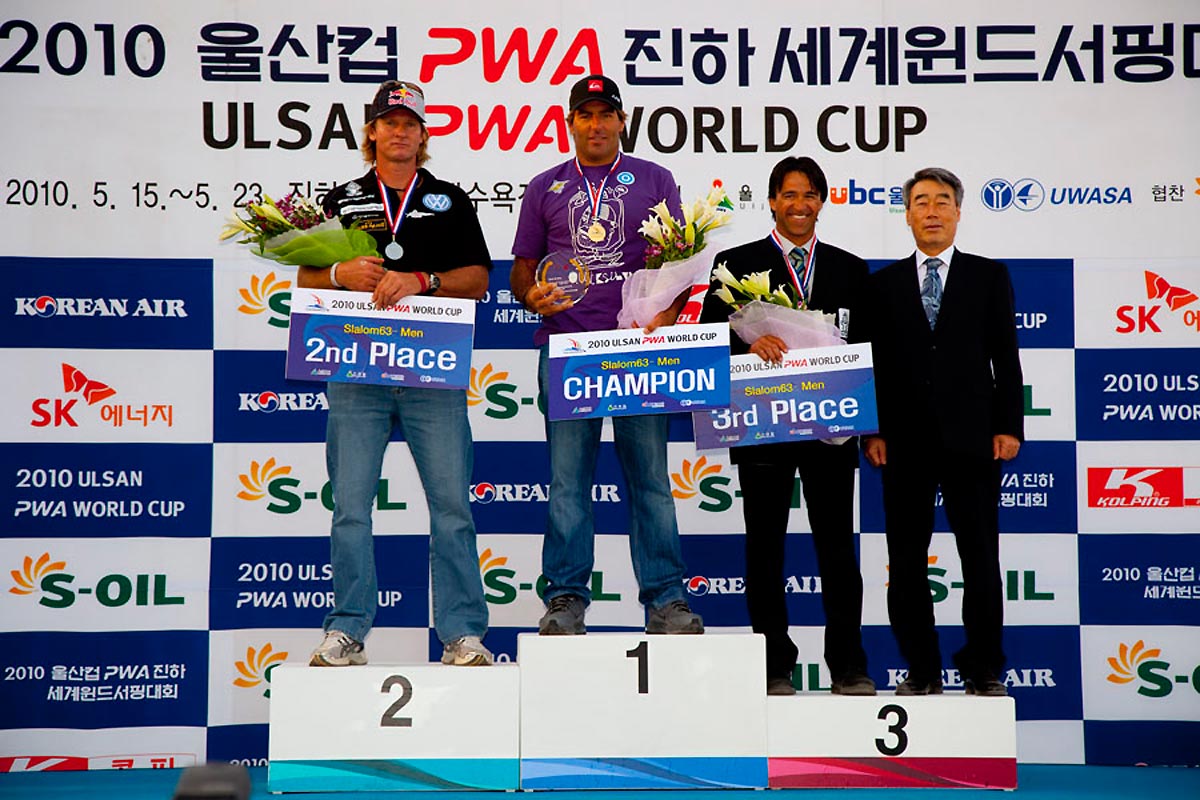
Windsurfjournal.com: After all, 20 years go by very quickly. How would you sum up your presidency?
Jimmy Diaz: Yes, 20 years go by too fast! The older you get, the faster time goes!!! Being president of the PWA has been a big honor for me. I think anybody that has been in the sport for so long will tell you that windsurfing has given a lot to them. This is the great beauty of our sport, and it greatly enhances your quality of life. The experiences, the adventures, the people you meet along the way…you cannot put a value on them. For me, it has even given me my family, a wonderful wife and daughter who are both enamored with the sport. I feel blessed to have been the president for 20 years and lucky to have been given the opportunity to contribute back to the sport. Summing up the past 20 years is a bit difficult as we have gone through a lot. When I came on board, we were in a very difficult position as we were struggling to get more events on the calendar and struggling to keep the ones we had. Looking back I am proud we were able to get out of that period and gain a more solid footing. The sport and the industry have come under a lot of changes, challenges, and difficult times. Although often times our harshest critics put the health of the sport and entire industry on our shoulders, I feel we were able to outperform global participation and industry output keeping a certain stability in the number of events and standards that were above participation and industry metrics. Looking not so far back, the Covid period was extremely difficult on us. This period also coincided with the rapid emergence and development of foiling, and it was especially difficult in trying to anticipate both developments. Nobody knew how long Covid restrictions were going to be in place, and we took the decision to remain operational so we could keep the tour going as soon as restrictions were lifted. However, with every delay, every cancellation, we were put in a worse and worse position. We were also trying to anticipate the development of foiling and how to best implement it into our tour. We needed to test and try different concepts and keep up with the rapidly changing and evolving performance of the foils, but with every restriction and cancellation, we weren’t able to and this forced us to make some decisions somewhat blindly. This was incredibly frustrating and difficult, and the struggle was evident. My initial goals when I became president was to have 7 to 8 events per discipline and have the corresponding media to increase viewership, participation, and popularity. I also wanted the standards of the events to go higher for the athletes so that they would have a solid platform from which to develop their careers. This proved to be a difficult task and while events standards were quite high, it became a struggle between what the sailors wanted and needed and what the organizers were able to afford. With the emergence of other sports like kite, sup, and now winging, and other windsurfing organizations having events with much lower standards, we struggled further as we were 5 to 10 times more expensive to put on than any other competing water sport. This challenge remains today, and one of the biggest regrets I have is in not being able to secure a big tour sponsor. Our model would greatly prosper if we were able to secure enough funding to be able to apply towards individual events. This would allow us to come in with the capital to fund a large part of the prize money and media budgets, and then have our event partners take care of onsite logistics. In effect, this is where the WSL has been quite fortunate in having a billionaire help fund their tour and give it a chance to really prosper.
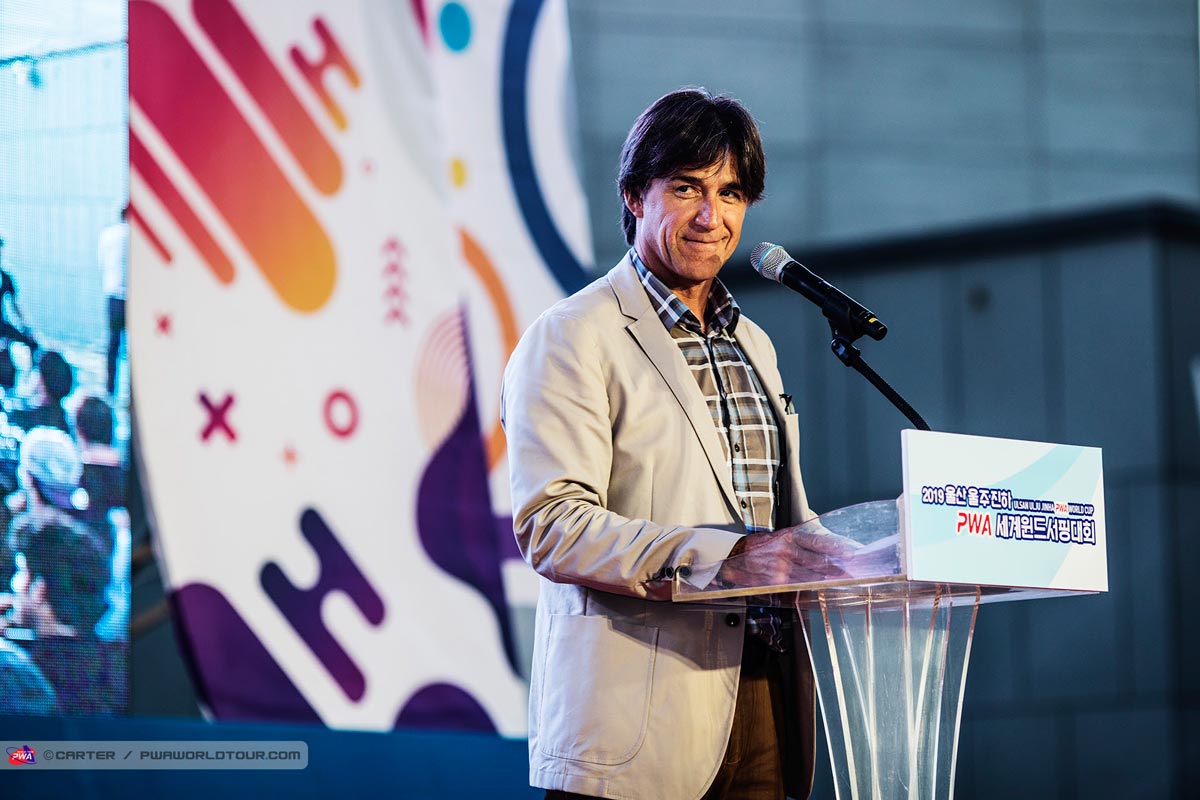
WJ: Windsurfing is a resourceful sport that has seen many changes in recent years. What do you think have been the good things (and the not-so-good things) that have happened?
JD: I cannot tell you how many times over the years I have heard that windsurfing is dead. You are absolutely right that windsurfing is a resourceful sport and I know that it will never die. Windsurfing is not going away and there is really no sport like it! The diversity of the sport alone is unique with so many facets that it is mesmerizing. We have wave sailing, freestyle, slalom x, foil slalom, iqfoil, course racing, longboard racing, speed sailing, Defi Wind events, Bic Techno, Formula, etc, etc. This is the beauty of our sport while also ironically complicating its development and popularity. As a sport, If we only had one discipline, all efforts and resources would be thrown into it to prosper. But we don’t, and we therefore have to continue to find ways collectively to keep it growing. The thing that I am most encouraged by now is the growing popularity in the sport in the Youth and Junior divisions. I feel there is a wave of momentum growing with the young kids. We see this in the growing popularity in PWA Youth and Junior wave and slalom events. Participation is growing and more and more events are emerging. We have to continue to provide quality events for the kids to compete in that provides the proper pathways to keep growing and developing their talents. This is one of the biggest pieces of the puzzle to make our sport really grow. Growth needs to come from a collective effort and by using the models that work. The PWA has taken the initiative to push more and more in the development of Youth and Junior events and this is a big help. However, more work has to be done in individual countries and markets to further promote growth. More work has to be done with each countries federations and also with the industry importers. Everything is connected, and we need people in each country to lead the efforts to push in the right directions. From this perspective, I see France as the leading nation. Over the past 20 years I have been so impressed with how many successful PWA sailors come from France in every discipline. It is beyond compare and really something to study. France is traditionally an incredible sailing nation in not just windsurfing but all of the sailing. The sailing culture is well engrained and it doesn’t stop to produce top athletes on a global level. What I observed is that the club structure is perhaps the glue that holds everything together and spurs this high performance development along with the forward-thinking aspect of the FFV. I have seen the work that people like Didier Flamme and Stephane Krause have done for windsurfing in France and the results are nothing short of impressive. If every country could emulate what France is doing, we would most likely see great growth in our Sport.
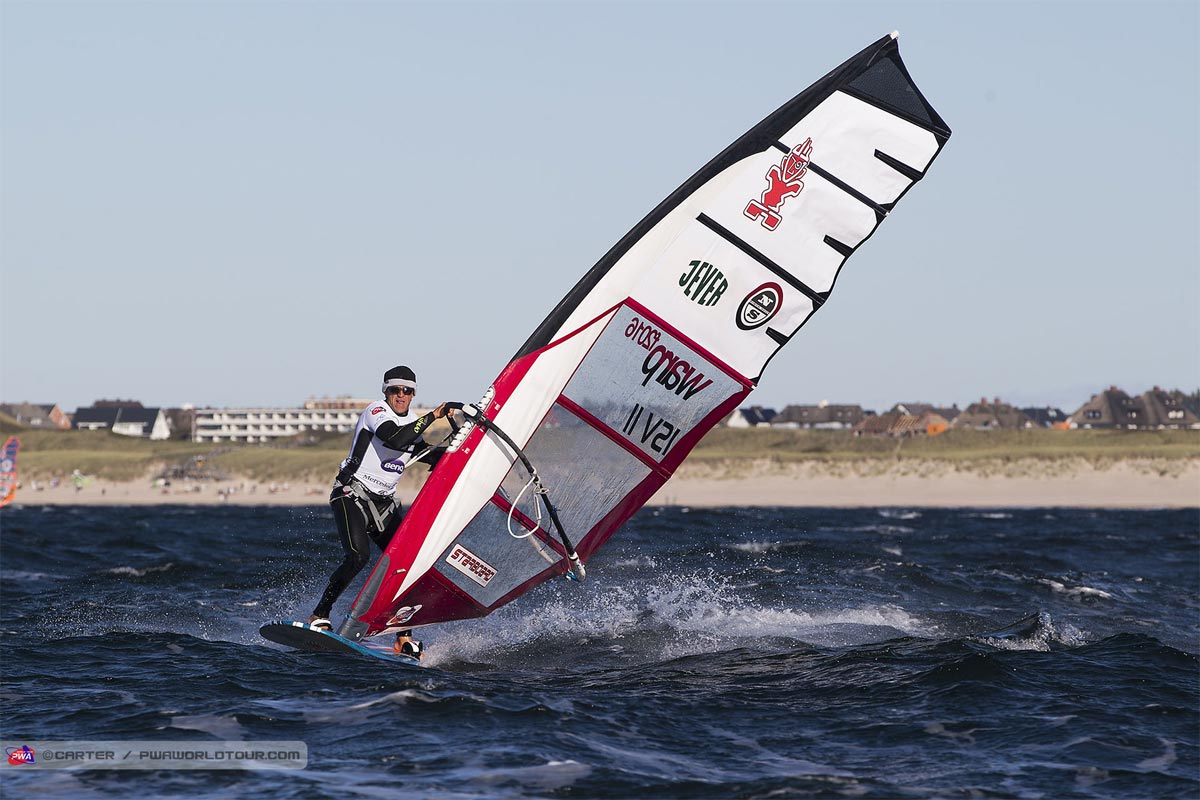
WJ: Kitesurfing and now wingfoil are stealing the show from professional windsurfing. What do you see as the challenges for the next 5 to 10 years?
JD: Yes, these sports have shown impressive growth in their emergence and it adds to our list of competitors for event organizers. Kitesurfing came along with incredible growth but I feel they really fumbled the ball with regard to having a proper professional tour. They could not get past the infighting and even with the support of a billionaire in Richard Branson, they did not make much of it. I believe wingfoiling is doing a better job of it so far so it will be interesting to see how far along they are able to go. It is very interesting to note that many of the judges and even organizers of these tours are coming directly from windsurfing and the PWA. They are benefitting from the experience of the PWA and using that to their advantage. Our main challenge for the next 5 to 10 years is to focus on our sport and our tour and develop the model that allows event organizers to put on events and provide value for their sponsors. At the end of the day, the PWA Tour is an organization that is in the business of promotion. The industry supports the PWA tour to promote their products, the sailors are sponsored and paid to promote the products of the industry, and the organizers are putting on events promoting their region and sponsors. Our challenge is to provide the product and platform in such a way that all event organizers will not only be able to find budgets to put on events, but also make it a profitable business for them to be able to thrive and keep organizing those events year after year. We need PWA Windsurfing to be so attractive and profitable for an event organizer, that they don’t even need to consider looking at other sports!
To find out more about Jimmy Diaz: www.instagram.com/jidiazvi11
Source: Jimmy Diaz
Photos: Carter/Pwaworldtour.com






